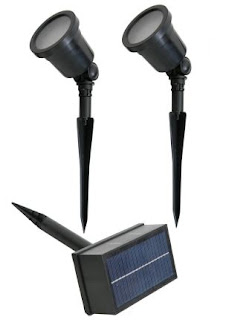Put in a lap pool
Homeowners are realising the benefits of installing lap pool as opposed to a conventional swimming pool. As more people look for healthy lifestyle options, the value of installing a lap pool allows you to exercise at home to improve both health and fitness. Stretch your planned swimming pool into a lap pool and reap the rewards of a pool that offers both fun and exercise.
[ via anthony pools ]
A lap pool is generally descibes a swimming pool shaped to provide a longer swimming length than the conventional home swimming pool. This elongated length allows the pool to be used for exercise a length.
[ via sa pools ]
A lap pool generally takes up far less space than a conventional swimming pool and can be designed to fit into even a small garden.
As property sizes decrease to keep costs low, installing a long, narrow lap pool allows the homeowner to build a pool according to their needs.
In comparison to a conventional swimming pool, a lap pool is less expensive. And it will take up less space. A full length lap pool in your garden also has the advantage of giving you a place to entertain. Plus the size of a lap pool means they are easier to clean and maintain, and as less expensive to run than a traditional pool.
Pool length and depth
If you are planning to build a lap pool, take into consideration that a 6 metre x 2,5 metre lap pool will provide the exact same swimming length as a 6 metre x 5 metre pool, but will cost substantially less to build.
You also need to consider that a narrower lap pool will be easier to maintain, since half the size of the pool will be easier to clean, requiring only half the amount of pool chemicals, at half the cost.
The standard depth for a lap pool is generally around 1 metre to 1,2 metre throughout the length. Most health clubs offer pools for training at this depth, which is sufficient for diving in and turning at the end of each lap.
Pool Access
If you plan to use a lap pool for exercise only, consider the option to access the pool via a removable stainless steel ladder. Built-in steps can be a hindrance to swimming laps and they take up valuable swimming space.
[ via ]
Lighting and Landscaping
Adding lighting to a lap pool transforms the pool from ordinary to dramatic. Submerged lights allow for nighttime exercise or relaxation. Optional colour wheel lighting allows you to colour the pool to suit your mood.
A lap pool can be built in ground or sit partially above ground level. This allows the homeowner to design landscaping to surround the pool, be it paving or a deck.





